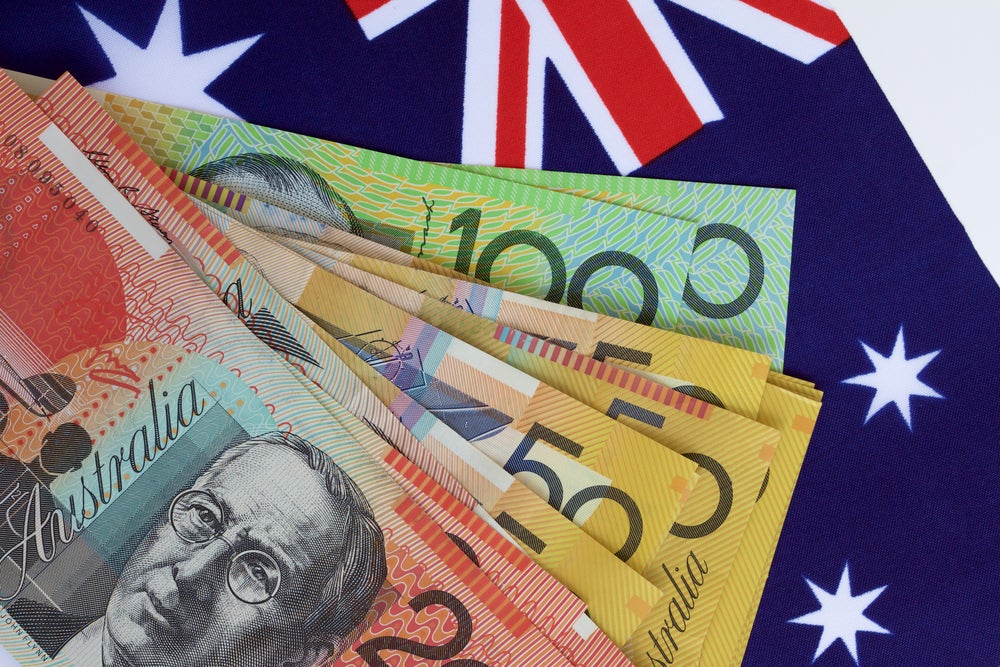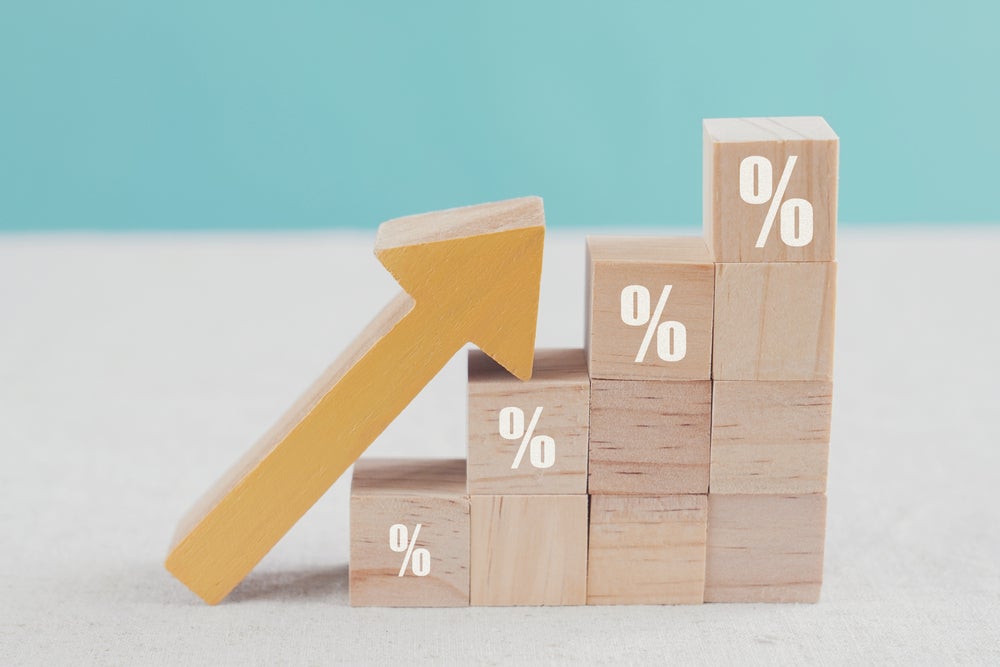The Australian payment card market continues to evolve at a rapid pace. Australians are very comfortable using debit and credit cards for payments, and the two card types are used almost interchangeably.
Growth in the payment card market in recent years has been characterised by the rise of contactless payments, growth in debit card usage, and the emergence of digital wallets. Despite this, digital wallets still need to demonstrate to consumers
their greater benefits and convenience as compared to traditional payment cards.
Consumers now have more choices of payment instrument, particularly for low-value purchases, and there has been a consequent decline in the use of cash.
The transition towards electronic means of payment is expected to continue over the period 2018-2022, as a result of the growing number of contactless payments being made, and the launch of the New Payments Platform (NPP).
Competition has, as a result, heightened among card issuers vying for top position. As consumers increasingly turn towards digital channels, the stakes have been further raised, with new challenger banks such as Volt Bank and Xinja likely to pose a threat to major financial institutions in the country.
How well do you really know your competitors?
Access the most comprehensive Company Profiles on the market, powered by GlobalData. Save hours of research. Gain competitive edge.

Thank you!
Your download email will arrive shortly
Not ready to buy yet? Download a free sample
We are confident about the unique quality of our Company Profiles. However, we want you to make the most beneficial decision for your business, so we offer a free sample that you can download by submitting the below form
By GlobalData DEBIT CARD PREFERENCE
DEBIT CARD PREFERENCE
Debit cards are expected to surpass pay-later cards in terms of card payments value over the next five years, as a growing number of Australian consumers are cutting down on unnecessary expenditure and increasingly using debit cards to make payments.
To compensate for revenue loss due to the reduction in interchange fees, many issuers have increased annual fees and cut reward benefits, particularly on premium credit cards, thereby making them even less appealing than previously.
However, card issuers have also begun offering benefits on debit cards, including cashback, fee-free ATM access and reward benefits; the end result of this move is growing consumer use of debit cards for payments.
CONTACTLESS UPTAKE
Australia is one of the world’s most highly developed contactless card markets, with the majority of consumers having access to a contactless payment card.
Australian consumers and financial institutions alike have embraced the technology, with the extensive acceptance infrastructure in the country being a principal reason why the cards have gained so much popularity.
Backing from the big banks and large merchants has also done much to make contactless a standard form of payment in the Australian market.
The number of contactless cards increased from 29 million in 2014 to 56.5 million in 2018, at a robust CAGR of 18.1%. The figure is anticipated to grow further over the next half-decade to eventually reach 79.7 million by 2022.
 THE RISE OF E-COMMERCE
THE RISE OF E-COMMERCE
The e-commerce market in Australia recorded strong growth between 2014 and 2018, increasing in value from A$24.8bn ($19.39bn) in 2014 to A$31.78bn in 2018, recording a CAGR of 13.2%.
Rapid consumer adoption of smartphones, growing internet penetration, the availability of secure online payment systems and the growth of online sales events such as Boxing Day, Black Friday, Cyber Monday and Singles Day are driving the e-commerce market.
The availability of a number of alternative payment solutions, such as PayPal, Apple Pay, BPAY and POLi for online purchases, has also supported the e-commerce market’s growth.
NEW PAYMENTS PLATFORM
To offer enhanced convenience and encourage electronic payments for even low-value transactions, in February 2018 the Reserve Bank of Australia and its Payments System Board introduced a new payments infrastructure, known as the NPP.
The new platform allows customers with accounts at different banks to make payments and transfer funds in real time. The facility is available to users 24 hours a day, seven days a week, 365 days a year.
Developed by SWIFT in collaboration with 13 members of Australia’s financial services industry, the platform provides an addressing service known as PayID, which allows users to enter only the recipient’s mobile phone number or email address to transfer money.



 DEBIT CARD PREFERENCE
DEBIT CARD PREFERENCE  THE RISE OF E-COMMERCE
THE RISE OF E-COMMERCE 




